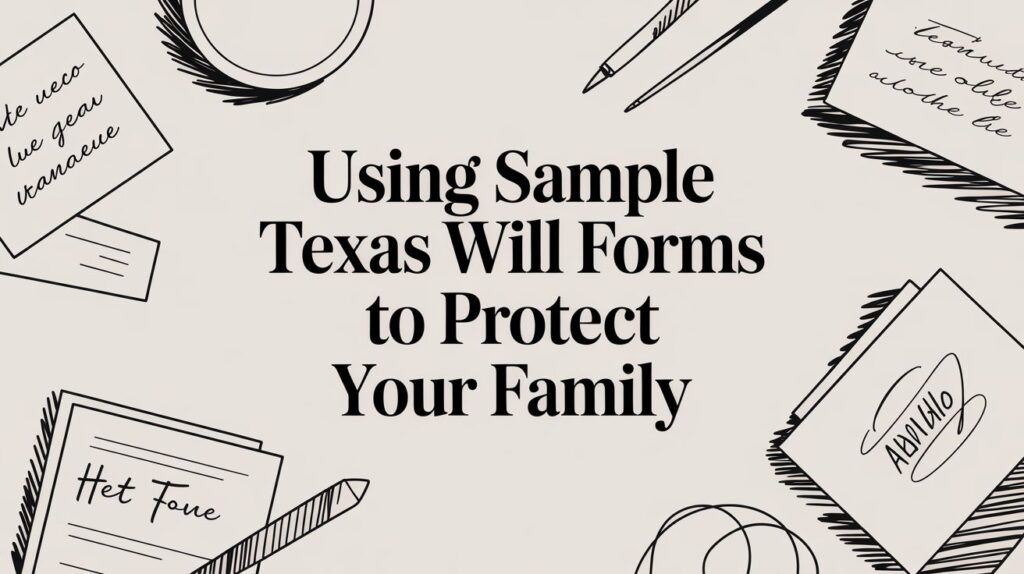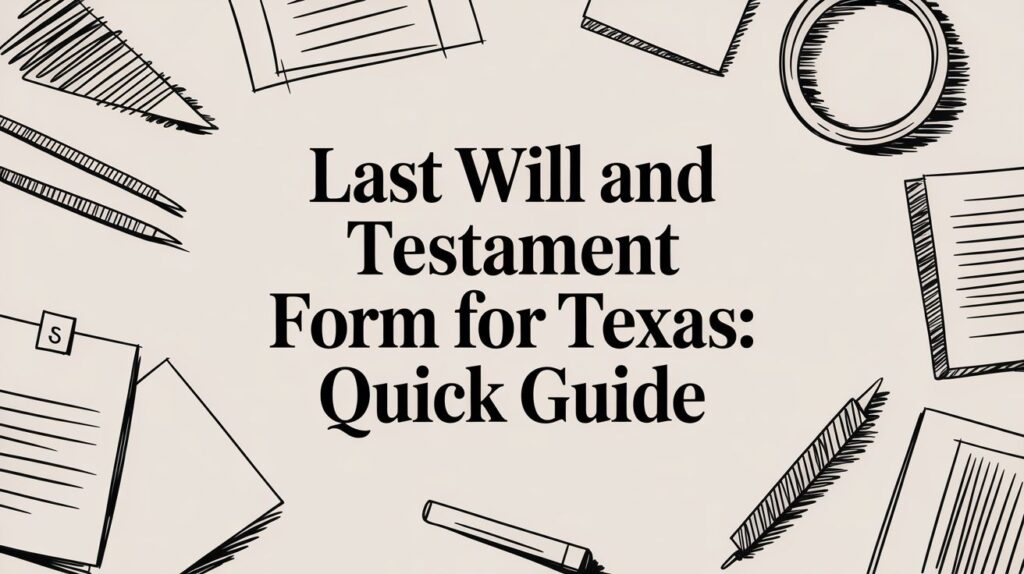Texas is a state of weather extremes. One year, it might face record-breaking hurricanes along its Gulf Coast, the next, devastating wildfires in the Hill Country, followed by a deep freeze that leaves millions without power. Tornadoes, flash floods, and hailstorms add to the unpredictable mix, making Texas one of the most disaster-prone states in the country. For homeowners and investors, these climate realities raise serious concerns: How does extreme weather affect property values? What should buyers consider before investing in storm-prone areas? And how can homeowners protect their biggest asset from the next big storm?
The real estate market in Texas has long been one of the strongest in the country, with home values rising in both urban and rural areas. But with climate change intensifying the frequency and severity of natural disasters, the relationship between extreme weather and property values is becoming increasingly complex. Some areas bounce back quickly after a storm, while others struggle with long-term devaluation, high insurance costs, and diminishing buyer interest. Understanding these trends is crucial for anyone looking to buy, sell, or maintain real estate in Texas’ most storm-affected regions.
The Cost of Extreme Weather: How Storms Impact Texas Real Estate
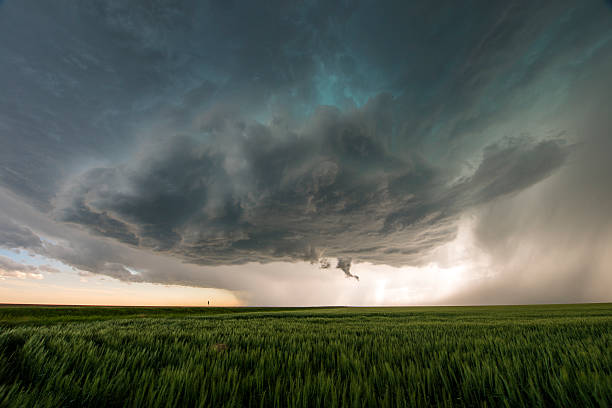
Every time a major storm hits Texas, it leaves behind a trail of destruction that goes far beyond the visible damage. While shattered windows, flooded streets, and collapsed roofs are immediate signs of trouble, the financial consequences of a disaster often stretch on for years. Home values, insurance rates, and market demand all shift in response to a region’s ability to recover.
Property values tend to dip in the months following a storm in areas that are hit hard. The extent of the decline depends on factors such as the severity of the damage, the availability of disaster relief funding, and whether local governments invest in rebuilding infrastructure. A well-coordinated recovery effort can stabilize property values, while slow or inadequate responses can push neighborhoods into long-term decline.
One of the most significant challenges for storm-damaged areas is risk perception. Buyers are less willing to invest in regions with a history of repeated disasters, and those who do often demand lower prices to compensate for the added costs of insurance and mitigation efforts. This hesitation creates a ripple effect in the local real estate market, discouraging new development and slowing economic growth.
Hurricanes and Coastal Property: A High-Risk, High-Reward Market
Nowhere is the impact of extreme weather on Texas real estate more apparent than along the Gulf Coast. Cities like Houston, Galveston, and Corpus Christi have long been vulnerable to hurricanes and tropical storms, with some areas facing catastrophic flooding multiple times in a single decade.
Hurricane Harvey in 2017 was a defining moment for Texas real estate. The storm dumped over 50 inches of rain, caused more than $125 billion in damages, and left entire neighborhoods underwater. Some homeowners rebuilt, while others chose to cut their losses and sell at a fraction of their pre-storm property values. The hardest-hit areas saw home values drop by as much as 50%, and even years later, some communities have yet to fully recover.
Despite these risks, coastal real estate remains in high demand. Waterfront properties are highly desirable, attracting buyers who are willing to take the gamble in exchange for scenic views and access to the beach. The key factor separating successful markets from struggling ones is preparation—homes built to withstand hurricanes, elevated above flood levels, and covered by comprehensive insurance are far more likely to retain their value than those lacking these protections.
Government efforts to improve coastal resilience, such as Houston’s investment in flood control infrastructure, also play a crucial role. Neighborhoods protected by levees, improved drainage systems, and stricter building codes tend to recover faster after storms and see fewer long-term declines in property values.
Tornado Alley: Real Estate in Texas’ Storm Belt
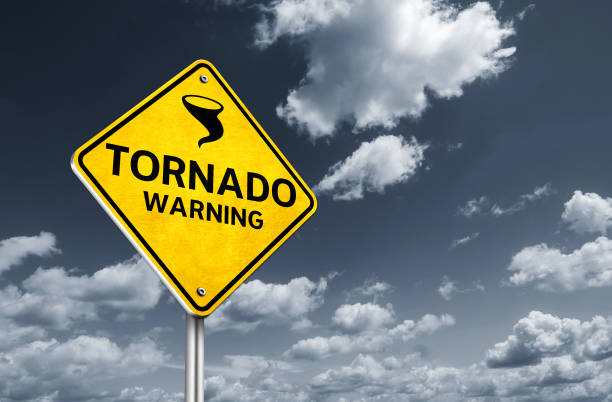
While hurricanes pose a significant threat to coastal areas, tornadoes are the biggest weather risk for North and Central Texas. The Dallas-Fort Worth metroplex, Waco, Austin, and other major cities lie within Tornado Alley, where powerful storms can strike with little warning. Tornadoes may not cause the widespread flooding seen in hurricanes, but their concentrated destruction can still devastate local real estate markets.
After a tornado, home values in the affected area tend to follow a pattern: properties that suffer direct hits experience a sharp drop in value, while surrounding neighborhoods may see temporary increases in demand as displaced residents look for new housing. In some cases, rebuilding efforts lead to a rebound, with modernized homes replacing older, less storm-resistant structures.
For homeowners in tornado-prone areas, building materials and construction methods make a difference. Homes with reinforced roofs, impact-resistant windows, and underground storm shelters are not only safer but also more valuable in the long run. Buyers are becoming more aware of storm risks, and properties that include these features often sell at a premium compared to those without them.
Flooding: The Hidden Threat to Texas Property Values
While hurricanes and tornadoes grab headlines, flooding is actually the most destructive weather event in Texas. Many parts of the state experience flash floods, particularly in urban areas like Houston, Austin, and San Antonio, where rapid development has reduced natural drainage. Unlike wind damage, which is covered by standard homeowners insurance, flood damage requires separate insurance policies, adding another financial burden for homeowners in high-risk areas.
Flood risk plays a major role in property valuation. Homes located in designated floodplains often see lower appreciation rates, as buyers factor in the ongoing risk of water damage and the cost of flood insurance. Some properties become virtually unsellable if they are hit by multiple floods in a short period.
In response to increasing flood risks, Texas cities have started implementing stricter building codes and drainage improvements. Houston’s post-Harvey regulations, for example, now require new homes in flood-prone areas to be built at higher elevations, reducing future damage. Properties that meet these newer standards are more likely to hold their value than older homes that remain vulnerable.
The Role of Insurance and Financial Protection
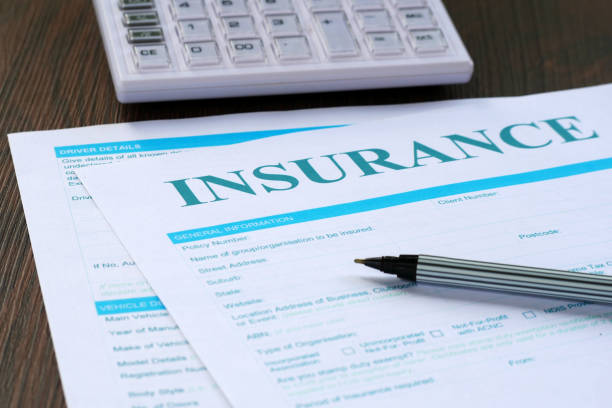
As storm risks increase, so do insurance costs. In some high-risk areas, homeowners are seeing their insurance premiums double or even triple, making homeownership more expensive. Some insurers have even stopped offering coverage in certain regions altogether, forcing residents to seek government-backed policies at higher rates.
This insurance crisis has a direct impact on real estate markets. Buyers are less willing to purchase homes in areas with skyrocketing insurance costs, leading to slower home sales and declining property values. Additionally, some mortgage lenders refuse to finance homes in high-risk areas without proof of sufficient coverage, further limiting buyer interest.
How Texas Homeowners Can Protect Their Property Value
Despite the risks, there are steps homeowners can take to protect their investment in storm-prone areas:
- Invest in storm-resistant upgrades – Impact-resistant windows, reinforced roofing, and elevated foundations can reduce damage and insurance costs.
- Stay informed about flood zones – FEMA updates flood maps regularly, and staying aware of changes can help homeowners make informed decisions about their property.
- Consider insurance costs before buying – In high-risk areas, insurance can be a major expense. Factoring this into the total cost of ownership is crucial.
- Advocate for community resilience projects – Cities that invest in improved drainage, levees, and emergency response systems tend to recover faster after disasters, protecting long-term property values.
The Future of Texas Real Estate: Thriving Despite Extreme WeatherConclusion: The Future of Texas Real Estate in an Era of Extreme Weather
As climate change drives more frequent and intense storms, Texas real estate markets will continue to face challenges. However, communities that adapt and invest in storm resilience will be better positioned to retain property values and attract buyers. For homeowners, the key is understanding the risks, preparing for extreme weather, and making strategic investments to protect their property. While Texas will always be a state of weather extremes, those who take proactive measures can still find success in the real estate market—even in the face of nature’s toughest challenges.




